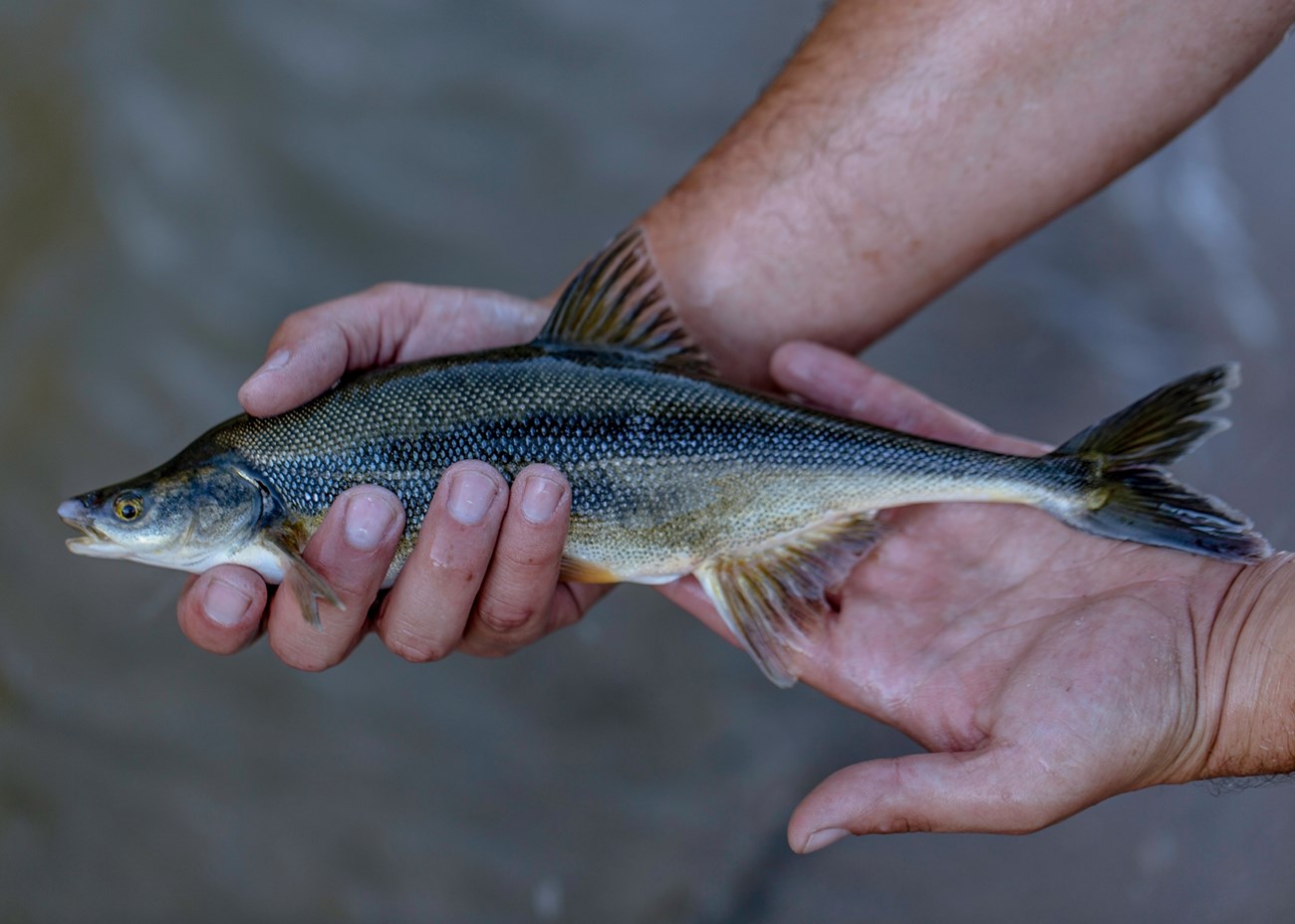
NPS Fish populations in the Green and Yampa rivers have undergone significant changes in the last century. Today, more than 50 fish species can be found in these rivers, but fewer than one-third of those are native to the Green and Yampa. Of the 14 native fish species found in the monument, three are endangered and one is threatened. Other native species are in decline. Select a Park:Select a Species Category (optional):
Search results will be displayed here.
Native Endangered and Threatened FishBonytail (Gila elegans) EndangeredColorado Pikeminnow (Ptychocheilus lucius) Endangered Razorback Sucker (Xyrauchen texanus) Endangered Humpback Chub (Gila cypha) Threatened 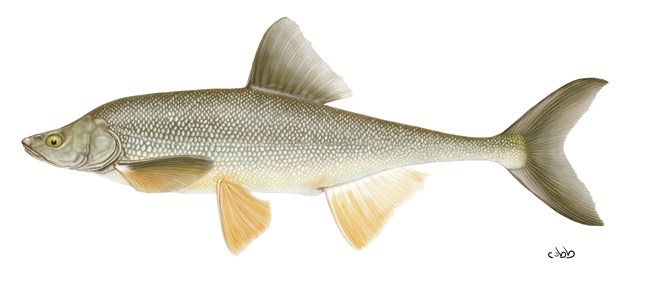
NPS / Dinosaur National Monument Endangered This the rarest of the endangered native fish of the Colorado River Basin. Following the construction of the Hoover dam, bonytail quickly disappeared from the lower Colorado River Basin. The bonytail is a member of the chub group of minnows. It's species name, elegans, refers to the elegant manner in which the fish swims. They have large eyes and body that tapers to a pencil-thin point just before its tail. They can reach lengths of up to 22 inches (56 cm) long. 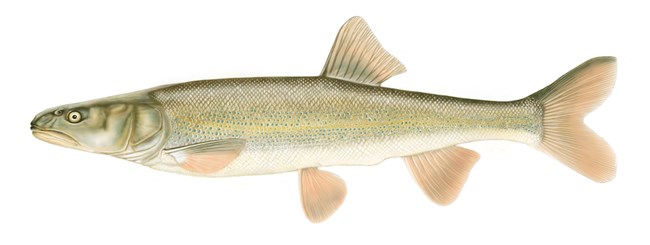
NPS / Dinosaur National Monument Endangered This is the largest minnow in North America. Historical accounts record pikeminnows up to 6 feet (2 meters) long and up to 80 lbs (36 kg). In the early 1900s, the Colorado pikeminnow was the top fish predator in the Colorado River Basin. It was considered an easily-caught "sport" fish. They're known for long-distance spawning migrations of up to 200 miles (322 km). Dinosaur preserves some important spawning bars for pikeminnow. 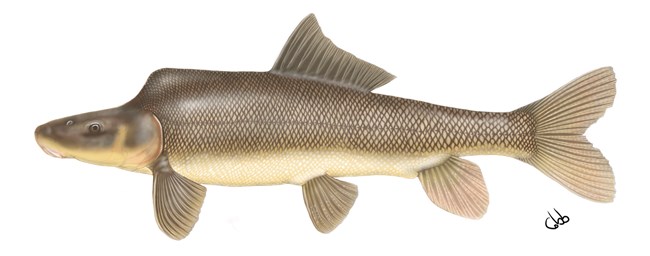
NPS / Dinosaur National Monument Endangered This is one of the largest suckers in North America, and the only remaining member of the genus, Xyrauchen. Historically, they were widespread and abundant throughout the Colorado River Basin, but their population has declined. The Green River within and around the monument preserves important spawning bars, habitat for juveniles, and overwintering areas for adults. They can grow up to 3 feet (1 meter) long and live for over 40 years. 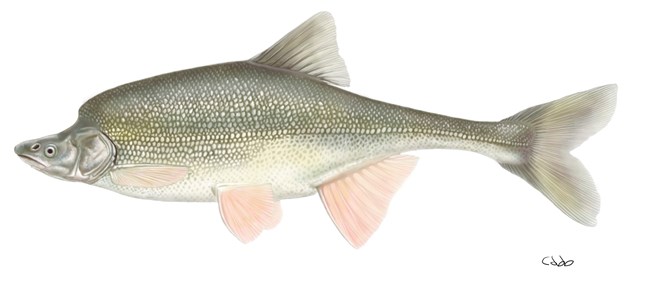
NPS / Dinosaur National Monument Threatened Like the Colorado pikeminnow and bonytail, the humpback chub is a member of the minnow family. It is easily recognized by the pronounced hump behind its head. It also appears to have an overbite. While the humpback chub was downlisted to a "threatened" species in 2021, this fish is still rare in Dinosaur National Monument. However, larger populations are known to exist in the Desolation and Gray canyons of the Green River. 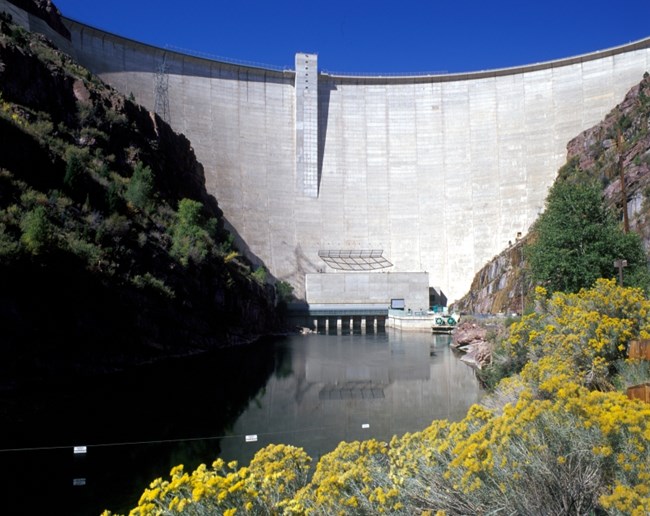
U.S. Bureau of Reclamation History & ConservationHistoric Green and Yampa Rivers 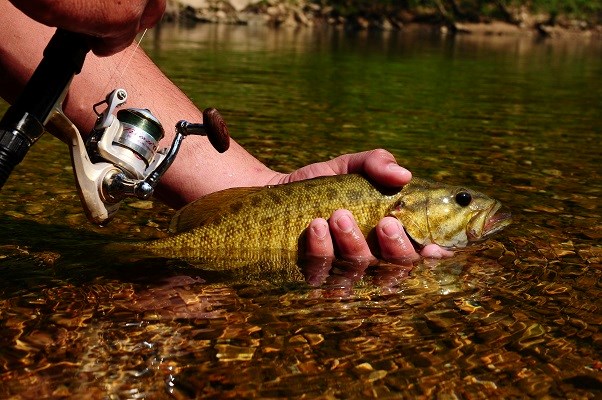
NPS / R. Stokes Even before Flaming Gorge Dam, human activity had begun to affect fish populations in the Green and Yampa rivers. Over the last century, a number of species have been added to the Upper Colorado River Basin. Some of these non-native fish were introduced by state and federal agencies to meet sportfishing demand that existed at the time. Other species were unintentionally introduced when they escaped from ponds and reservoirs into the river system. Non-native fishes, now common in the Green and Yampa rivers, compete for resources including food, space, cover, and phsycial habitat. Some are known to prey on native fishes. 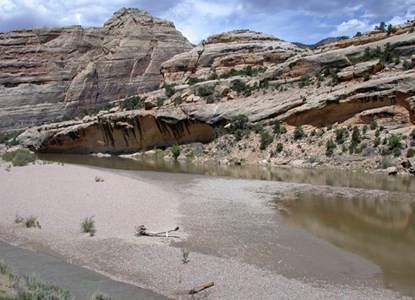
NPS / Dinosaur National Monument The Yampa River is the largest unregulated tributary remaining in the Colorado River system. As such, it as played a vital role in sustaining native fish species. Thanks to the Yampa's near-natural annual flows, Dinosaur National Monument provides some of the last known spawning and nursery habitat for several of these big river species. Because its naturalistic flow mitigates the effects of Flaming Gorge Dam, the Yampa River improves the ecological integrity of the Green River after the two rivers join at Echo Park. Endangered Fish Recovery Program The National Park Service is a partner in the Upper Colorado River Endangered Fish Recovery Program, a multi-stakeholder effort to recover the four endangered fish species while allowing water development to continue. Learn more about the endangered fish and the recovery program at the Colorado River Recovery website. |
Last updated: January 8, 2024
